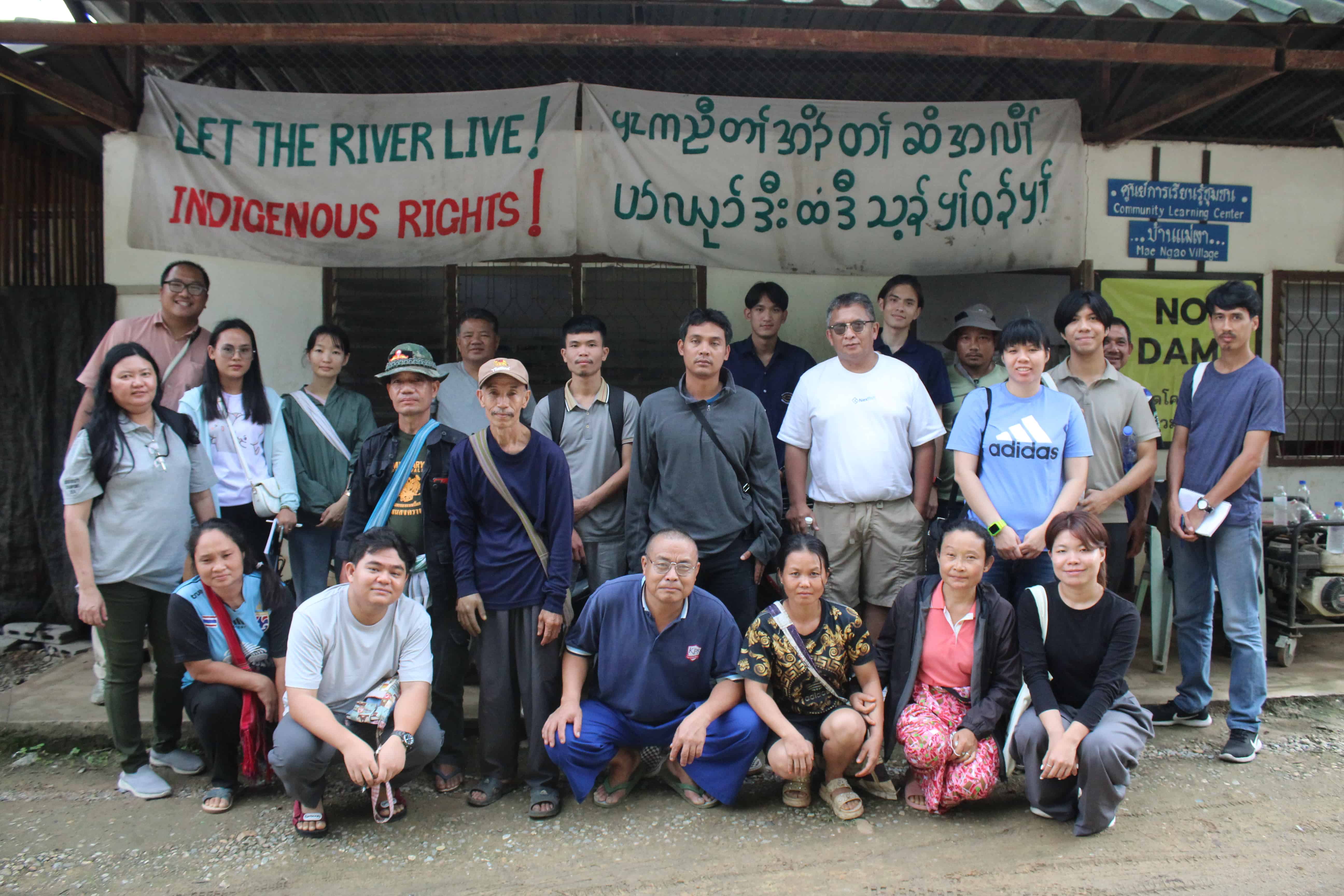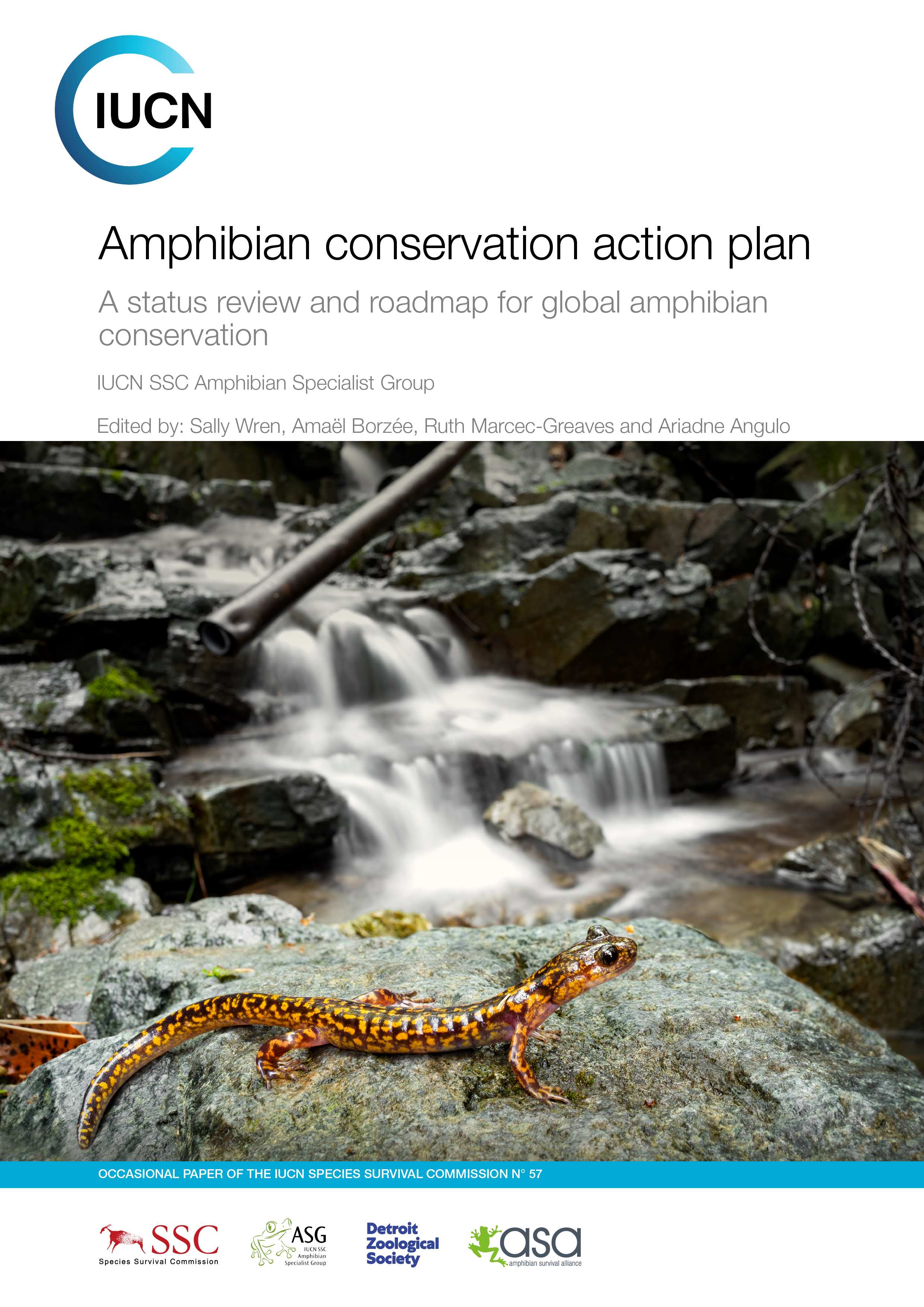Assessing the state of freshwater biodiversity monitoring: A global perspective
Freshwater ecosystems play a vital role in sustaining biodiversity and supporting human livelihoods. They are also under immense pressure: the rate of species loss in freshwater ecosystems is greater than that observed in terrestrial and marine systems. Critically, several major international agreements are concerned with stemming the loss of biodiversity, and the loss and degradation of habitats and species dependent on them, including for freshwater. For example, the Global Biodiversity Framework specifically contains seven targets that are relevant to freshwater ecosystems and we need to be able to monitor progress towards these targets. However, effectively monitoring and assessing the health of freshwater ecosystems at large spatial scales presents significant challenges.
A study conducted by the IUCN SSC Global Freshwater Macroinvertebrate Sampling Protocols Task Force (GLOSAM), led by Drs. John Simaika (IHE Delft) and Andreas Bruder (SUSPI), reviewed the current state of freshwater biodiversity monitoring programs, focusing on the utilization of benthic macroinvertebrates as indicators.
Why benthic macroinvertebrates? Because they have limited movement or are in some cases even sessile, and are therefore great indicators of localized conditions, including showing up short-term environmental variation. They cover a range of species and higher taxa that reflect a range of trophic levels and pollution tolerances, and also have a clear relationship to higher trophic levels, serving as a primary food source for many fish. On a pragmatic level, they are abundant in most streams, including those that may be too small to support more than a limited fish fauna. They are also relatively easy to sample, requiring few people and inexpensive gear, and relatively easy to identify to more coarse taxonomic levels, so that they can be used by any experienced biologist to detect or recognize degraded conditions.
Benthic macroinvertebrate protocols may be used in lakes or rivers, and for bioassessment or biodiversity monitoring. But aren’t bioassessments and biodiversity monitoring the same? Sort of, but not quite: bioassessments aim to evaluate the degradation status and condition of a waterbody by sampling and analysis of a representative subset of the aquatic biota, while biodiversity monitoring is intended to document the full variety of biota in ecosystems, including taxonomic diversity, genetic diversity, and ecological/functional diversity. So there is overlap between the two, especially in design and techniques used, but they have traditionally been carried out separately.
To gain insights into the adoption of freshwater benthic macroinvertebrate protocols, the team conducted a comprehensive survey from November 2022 to May 2023. Responses were collected from 110 individuals representing 67 countries. The findings revealed a notable gap in biodiversity monitoring efforts, particularly at the national and sub-national levels. While bioassessment programs were more prevalent, systematic monitoring of biodiversity across lakes, rivers, and artificial waterbodies was lacking.
The Task Force identified 20 distinct gaps and challenges affecting the harmonization of biodiversity monitoring and bioassessment protocols which they grouped into five key categories: field sampling; sample processing and identification; metrics and indices; assessment methodologies; and miscellaneous hurdles. In particular, field sampling for biodiversity monitoring requires sampling across different water bodies, habitats, and seasons, while for bioassessments similar water bodies, habitats and seasons are sampled for meaningful results. In terms of sample processing and identification, biodiversity monitoring and bioassessment inherently operate at different taxonomic resolutions. Some challenges equally apply to both biodiversity monitoring and bioassessment, for example, that data may often not be made publicly available or may not be in an accessible form.
Notably, the lack of harmonization emerged as a significant barrier, impeding collaboration and hindering the comparability of data across regions. IUCN SSC GLOSAM’s next step, following this inventory of protocols used across the globe, is to address this issue of a lack of standardized and harmonized protocols. Ultimately, the work of the Task Force, which is comprised of a core group of 15 researchers, government officials and NGO representatives from around the globe, aims to improve available datasets for analysis of spatial and temporal trends in species distributions and population sizes to give us a better understanding of the impacts that human activities have on freshwater ecosystems and their macroinvertebrate inhabitants.
Dr Simaika concludes: “Efforts to monitor and assess the health of freshwater ecosystems are critical for conservation and sustainable management. By addressing the identified gaps and challenges and promoting global harmonization, we can enhance the effectiveness of biodiversity monitoring programs and ensure the long-term resilience of freshwater ecosystems. Collaborative initiatives such as GLOSAM provide a pathway towards achieving these goals and safeguarding the invaluable biodiversity found within freshwater habitats”.
Disclaimer
Opinions expressed in posts featured on any Crossroads or other blogs and in related comments are those of the authors and do not necessarily reflect the opinions of IUCN or a consensus of its Member organisations.
IUCN moderates comments and reserves the right to remove posts that are deemed inappropriate, commercial in nature or unrelated to blog posts.



